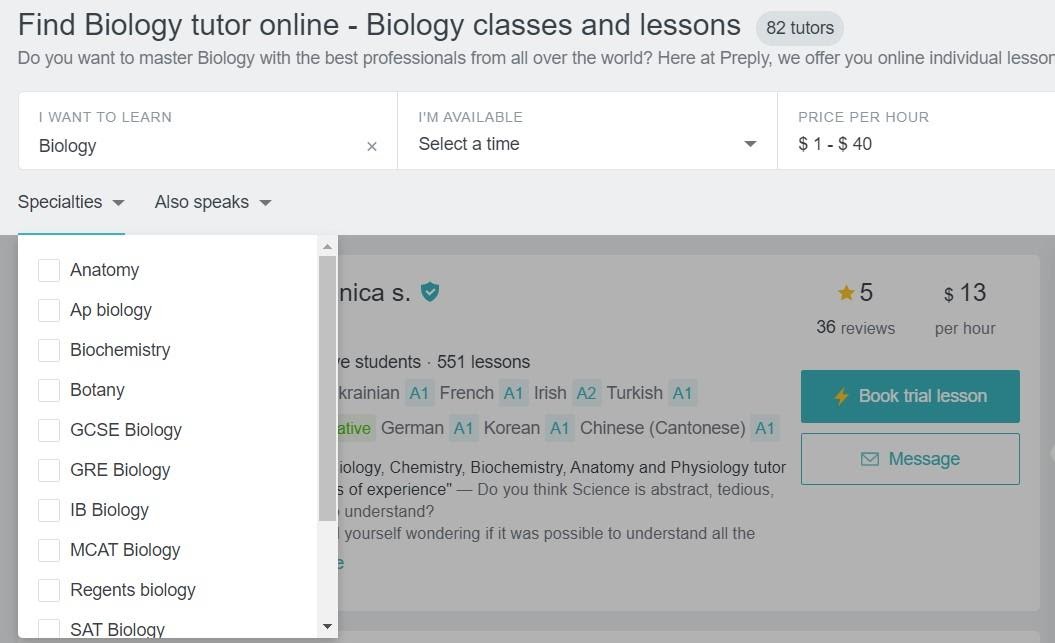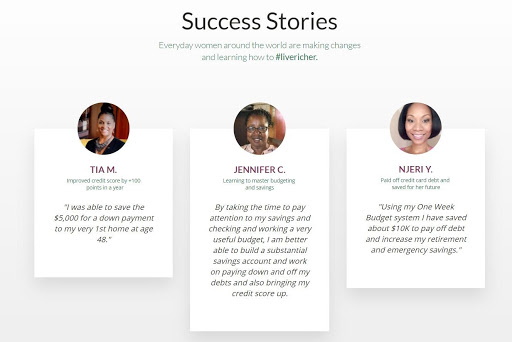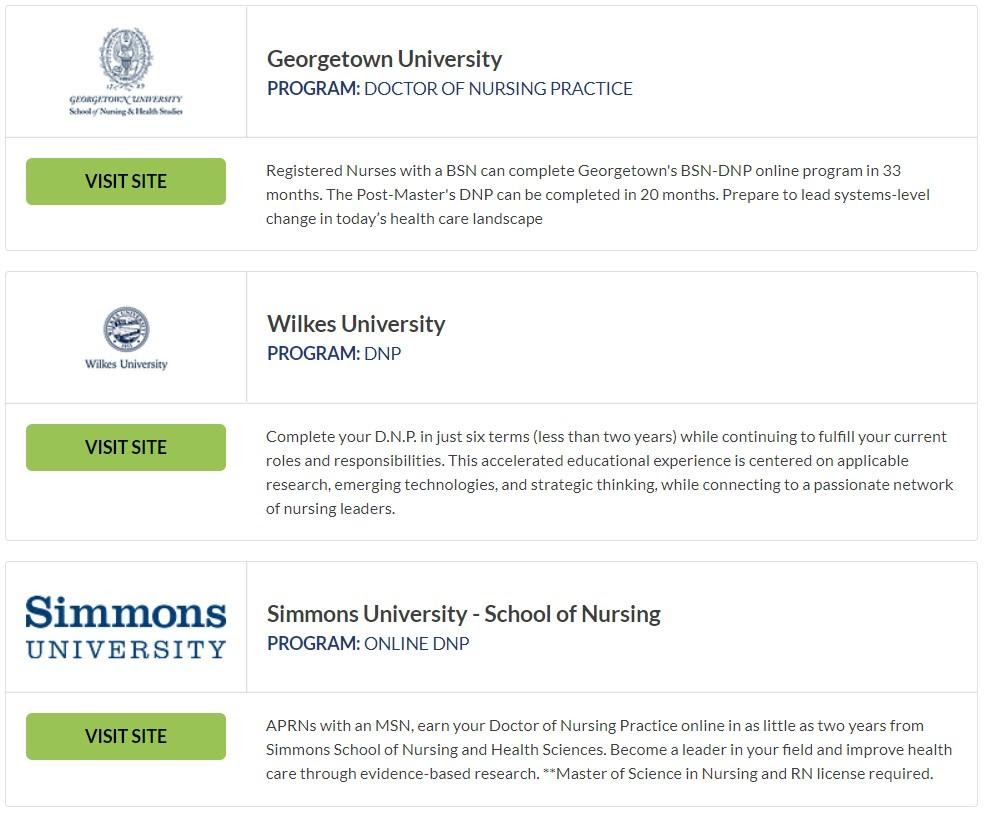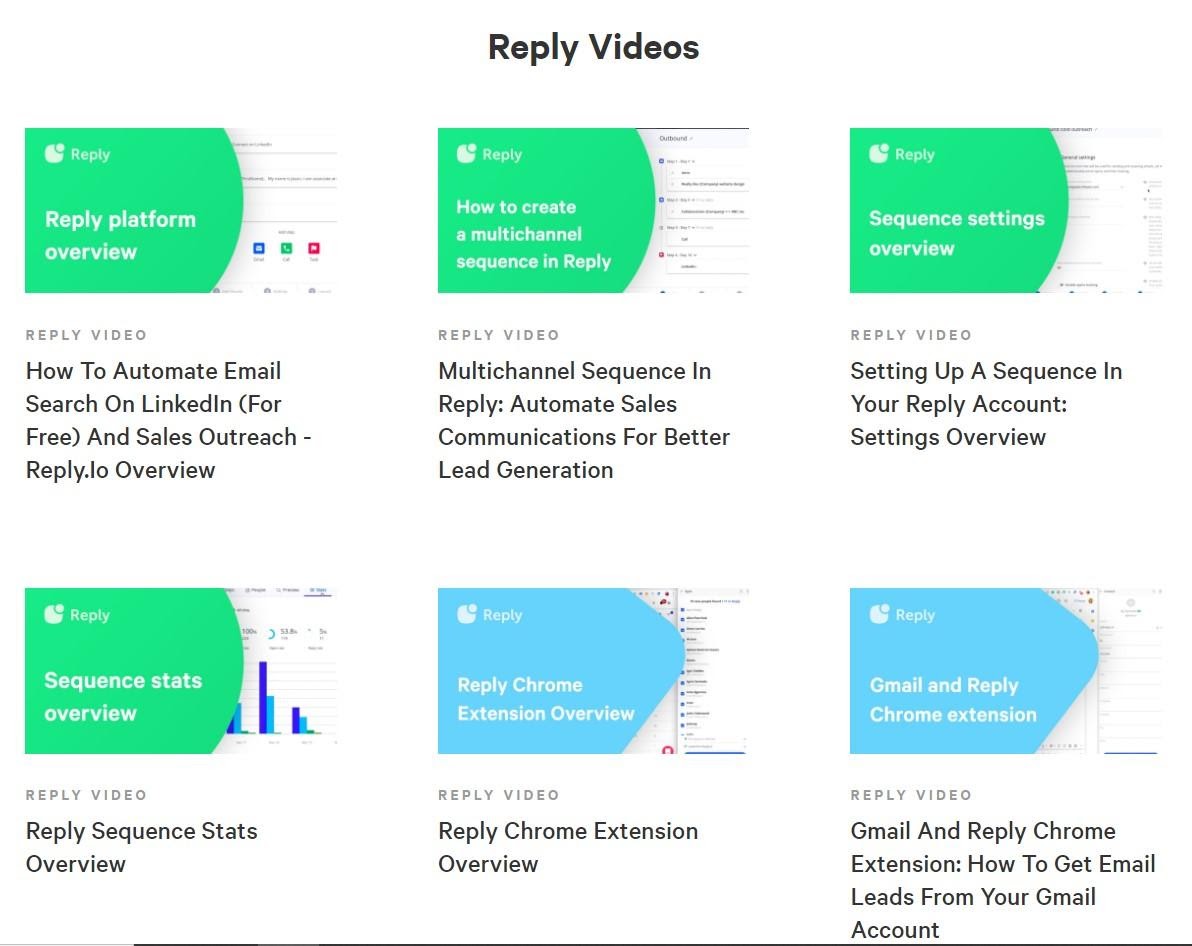As a course creator, the first question that arises is often, “What do I teach?”
With an endless amount of niche markets, you need to find something that is both interesting to your audience and can make you money.
This article will take you step-by-step through how to find your niche in education. We’ll cover everything from brainstorming all your options to honing in on the best niche for you.
We’ll also talk about how to make the most of educational opportunities within your niche, covering everything from online courses to definitive guides on your expert topic.
As the demand for educational and informative online content increases, small businesses, blogs, and anyone else who works online can benefit from niching down and targeting a specific topic or audience.
Having a specific niche in education sets you apart from the competition by offering something that is unique and doesn’t exist anywhere else.
What do you want to be known for?
5 steps to finding your niche
When you’re trying to find your niche, you want to look for an area that’s specific and unique to you and a particular audience. It should originate from your interests and experience.
But it shouldn’t be so specific and unique that there isn’t a market demand for it. Your educational content needs to be sought after by a sizable audience, whether using an online course platform like Thinkific or supplemental content for your small business.
Let’s go step-by-step through each part of finding your niche for online education.
1. Identify your interests, passions, and expertise
Start by making a list of everything you’re interested in, passionate about, or an expert in. Since this is the brainstorming stage, you can write down any idea or thought you have, even if it seems silly at the moment. You never know what new ideas you might come up with!
The sweet spot for a niche is the intersection of what you care about and what you’re good at. Your niche should be something you want to wake up every day and work on, but you also need the experience to back it up.
Try to get as specific as possible. If you’re an expert in personal finance, what exactly do you care about most? What are you most knowledgeable about?
Maybe you’d be happiest telling everyone how to repair their credit or get out of debt. Or, perhaps you’re passionate about educating parents on all the options to invest in their children.
Both of these options fall neatly into personal finance as a broad topic, but they’re very different niches that cater to separate audiences with specific needs. The more specific you can get, the easier it will be to find your niche.
2. Brainstorm problems you can solve
Once you’ve found a few good combinations of your interests and expertise, it’s time to start thinking about what problems you can solve within your niche.
Let’s go back to the personal finance example from the above section. Perhaps your expertise won’t allow you to teach people how to repair their credit themselves, but you can tell them what to look for in the best credit repair companies.
Ultimately, your niche has to land on a concrete problem that your expertise can solve for your audience. Not every combination of passion and expertise will arrive at that destination, but there’s a good chance at least one of yours will.
This problem you can solve is your unique value proposition. It’s something that only your blend of experience and ideas can remedy.
3. Research your competition and target market
By now, you should have at least one clear idea of a problem you can solve with your experience and passion. (More than one is even better.)
These problems you can solve are the core of your business or online course. It’s the thing that will make people want to take your course, visit your website, or buy your product.
This is where market and competitor research comes in. You need to make sure the problems you’ve identified are shared by enough people to make your online course or educational business viable and profitable.
There are a few things to look for when researching competitors and your target market. First, you should look at what makes your competitors stand out, and how that compares to your offering. You don’t want to mimic your competitors; you want to offer something different (and better) than they do.
If you discover that your ideal niche is already crowded, look for what will set you apart. One way to do this is by offering something more than your competitors.
Preply is a good example of this idea. They’re well-known for online language tutoring, which is a fairly saturated market.
To set themselves apart, they also offer tutoring in dozens of other subjects, ranging from writing to science to business and management.
There are even subcategories for many subject areas, as you can see in this menu of biology tutoring options.

You might also consider putting a unique spin on how your services are delivered. Kid Explorer is another online education site, and they set themselves apart by creating courses taught entirely by kids.
This approach is instantly appealing to the target market for these courses: kids that are the same age as the kid instructors. It’s a great example of how to find a way to set yourself apart, even when you have a lot of competition.
Remember that competition is a good thing. It demonstrates that there is a demand for your educational content or products, so if you can tap into an underserved area of the market, you’re more likely to be successful.
4. Narrow down your niche
Your competitor research should give you some ideas for how to narrow down your niche even further. There are two key ways you can do this: focusing intently on a subtopic of your niche, or finding an underserved segment of your target audience.
Let’s say your niche is podcasting. Focusing an online course on “how to make a podcast” is likely too broad to be effective. Instead, you need to find areas within that topic that people are struggling with and that you can help solve.
You might consider topics like “how to book podcast guests” and cover everything from brainstorming possible guests to preparing them to record. Or you could address technical issues, like mic techniques or getting started with podcast hosting tools.
Finding an underserved market is the flip side of this first approach. You can cover a broader range of topics, but you’ll tailor them to a demographic that has specific needs and challenges in the context of your niche topic.
The personal finance niche is a great place to look for examples of serving different markets with similar topics. Earlier, we talked about personal finance niches that address parents who want to invest in their children or people who want to repair their credit. Those are just two of the many audiences that can fall under this broader umbrella.
Another example in the personal finance space comes from Tiffany Aliche, a Thinkific membership site creator who decided she wanted to serve Black women — a market that’s underserved and underrepresented in many areas, but particularly personal finance and financial well-being.
“I want to help women, especially Black women, live richer lives,” says Aliche. “We have been left out of the financial conversation for so long.” To that end, everything about her membership site is catered to the needs of women of color. That includes videos, resources, success stories, and so much more.

There are countless ways to go from a broad niche to a specific audience or topic. And the narrower you get, the more tailored your educational content can be.
5. Test and adjust as needed
It’s okay if you don’t find your perfect niche right off the bat. You might need to test the waters with a certain approach or audience to see if you can make a viable online course, educational website, or small business.
As you test your niche and gather data, don’t be afraid to adjust. You may need to niche down even further to better address the demands of your target market. Or you may have gotten a little too specific, and need to broaden your topic a bit to make your niche viable for you.
When it comes to niching down, it’s important to “do it on your own timeline,” says John Young at Freshbooks. There’s no need to rush the process. And once you’re confident in your niche, “don’t be afraid of hyper-niching,” he adds.
So what is hyper-niching? It’s when you keep catering to more and more specific segments of your target audience or niche topic. In Young’s case, that meant going from serving nonprofits in general to catering exclusively to 501(c)(3) nonprofits.
Hyper-niching allows you to hone your expertise to the exact needs of an even smaller group. But it’s crucial to start a little more broadly — that helps you build credibility and solidify your expertise. When you’re ready to niche down even further, you’ll have a strong foundation of knowledge to offer your followers who are ready to learn even more.
5 ways to leverage education in your niche
The steps above walked you through how to find your niche when you’re just starting out on your educational content journey. But sometimes, you might find yourself accidentally in a niche with a growing demand for education.
That’s what happened to Kate Baker when she started an online community for veterinary professionals interested in cytology and hematology. Although she wasn’t initially interested in commercializing the group, members kept asking for more information and course materials. So she turned to online courses to educate the more than 35,000 people who had found her group.
This section will give you ideas and inspiration for educating your niche using all kinds of content. You can try these tactics whether you’ve spent a lot of time honing in on your niche or just happened to find yourself in a position where people are asking for educational content.
1. Create an online course
Online courses are a great way to provide guided, structured education to your students or customers. You’ll record videos that form your online course lessons, and organize your content into a logical order so your students have a clear goal to reach by the end of the course.
You can also create assignments or tasks to help drive home the lessons you’re teaching.
A good example of creating an online course to fill an important need comes from Latrina Walden, who started a Facebook group to support nurses through their board exams. Demand for more information and support was so high from her group members that she ended up creating several online courses to help future nurses prep for their tests.
2. Rank everything in your niche
An easy way to add educational value to your niche is to provide rankings of services within your area of expertise.
We hinted at this above with the personal finance example of telling people how to find the best credit repair services, but there are dozens of other ways this could play out.
Let’s take the nursing example a step further. While Latrina Walden helps nursing students study for their exams, there’s also room in the broader niche of nursing education for ranking different programs and schools for nursing degrees.
One way to capitalize on that could be to create a ranked list that helps future nurses choose the best program to find their own niche in the world of nursing, like this list of doctor of nursing practice degree programs.

There’s almost no end of demand for websites that compare the best things in any niche, from online education to personal finance to marketing tools and more. Consider what unique criteria you use to assess services in your niche, and create content that ranks those services according to your particular brand.
3. Set up a resource library
You might already have a successful product or service, but realize there’s a huge education gap when it comes to the niche you’re serving.
If that’s the case, you’re well-positioned to establish a resource library to help your existing customers make the most out of your product — and better yet, attract new customers thanks to your wealth of expertise.
For inspiration, take a look at Reply’s collection of videos about their LinkedIn email finder. Not only do these videos and other resources provide valuable information on how to use their specific product, but they also educate customers on other topics related to marketing and sales automation.

No matter what your niche, creating a resource library will more than likely add educational value to your audience. You can experiment with infographics, ebooks, whitepapers, and so much more.
If you create online courses, you can include those in your resource library too. If your team isn’t equipped to create this content, consider hiring a freelance digital marketer to take it off your plate.
4. Make educational videos
If you don’t have the right kind of audience or niche to create a complete resource library, consider creating educational videos.
You don’t need an entire resource library or a broad, complex niche to accomplish this. You can include educational videos right on your product or service pages like in this example from LFA Capsule Fillers:

In this example, LFA Capsule Fillers is educating prospective customers as they shop. This can help build trust among your target audience, as they see your goal is to help them make the best decision about their purchase.
This approach won’t work for every niche. Some topics, like personal finance or even marketing, will do better with educational content that isn’t blended with a product or sales page. But since niching down is all about tailoring your educational content to the needs of a specific group, this is a good strategy to keep in mind.
5. Write definitive guides
A powerful type of educational content for any niche is definitive guides. These might have titles like “ultimate guide” or “complete guide,” or even “everything you need to know about [topic].”
This kind of content is particularly helpful for businesses in niches or hyper-niches because it shows your target audience that you understand the nuances of their specific problem or needs.
For example, this Everything You Need to Know-style article from Joy Organics focuses on the legal regulations around organic hemp and CBD.

This content caters to a fairly narrow audience, but it caters to them well. The guide lays out the answers to all the major questions around organic CBD and builds trust in anyone for whom this topic is important.
The best thing about definitive guide content is that any niche can benefit from it. Your definitive guide to your niche will be a perfect blend of your interests, passions, and expertise in this area, so it can form the foundation for any educational content you create.
Find your niche today
Finding a niche for your educational content helps you focus your business and tailor your content to meet the needs of a specific audience.
Your niche should be the intersection of your interests and your expertise. This gives you the drive to keep it going and the experience to back it up.
As you feel more confident in your chosen niche, you can drill down into more and more specific areas to cater to specialized audiences. This helps prove your expertise — and often pulls in more revenue.
Once you’ve found a niche, even if you stumbled into it accidentally, there are all kinds of educational content you can create and use to support your niche. The best kind of content for your niche will depend on a lot of different factors, so pay attention to the needs of your niche and make sure meeting them is always your priority.






